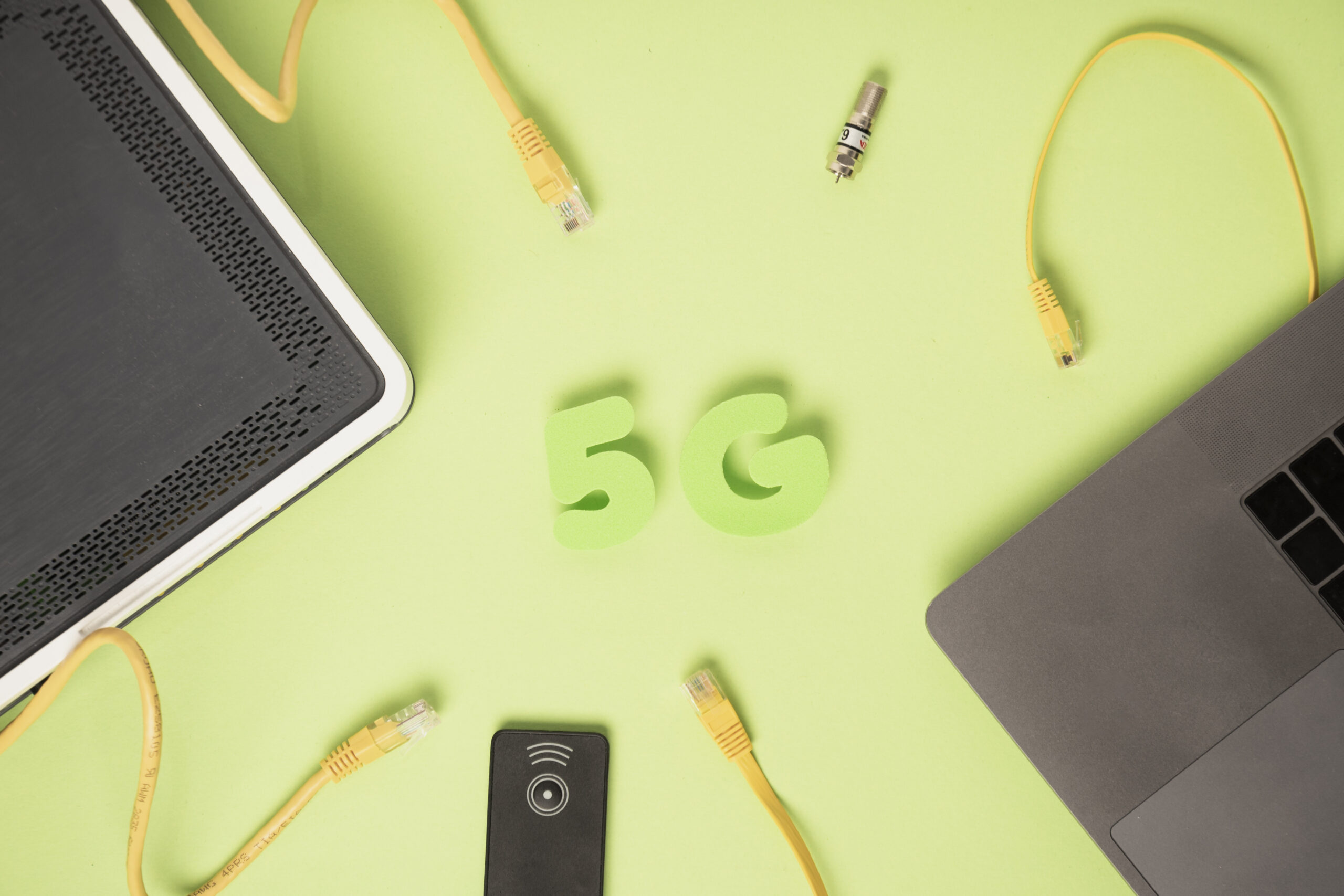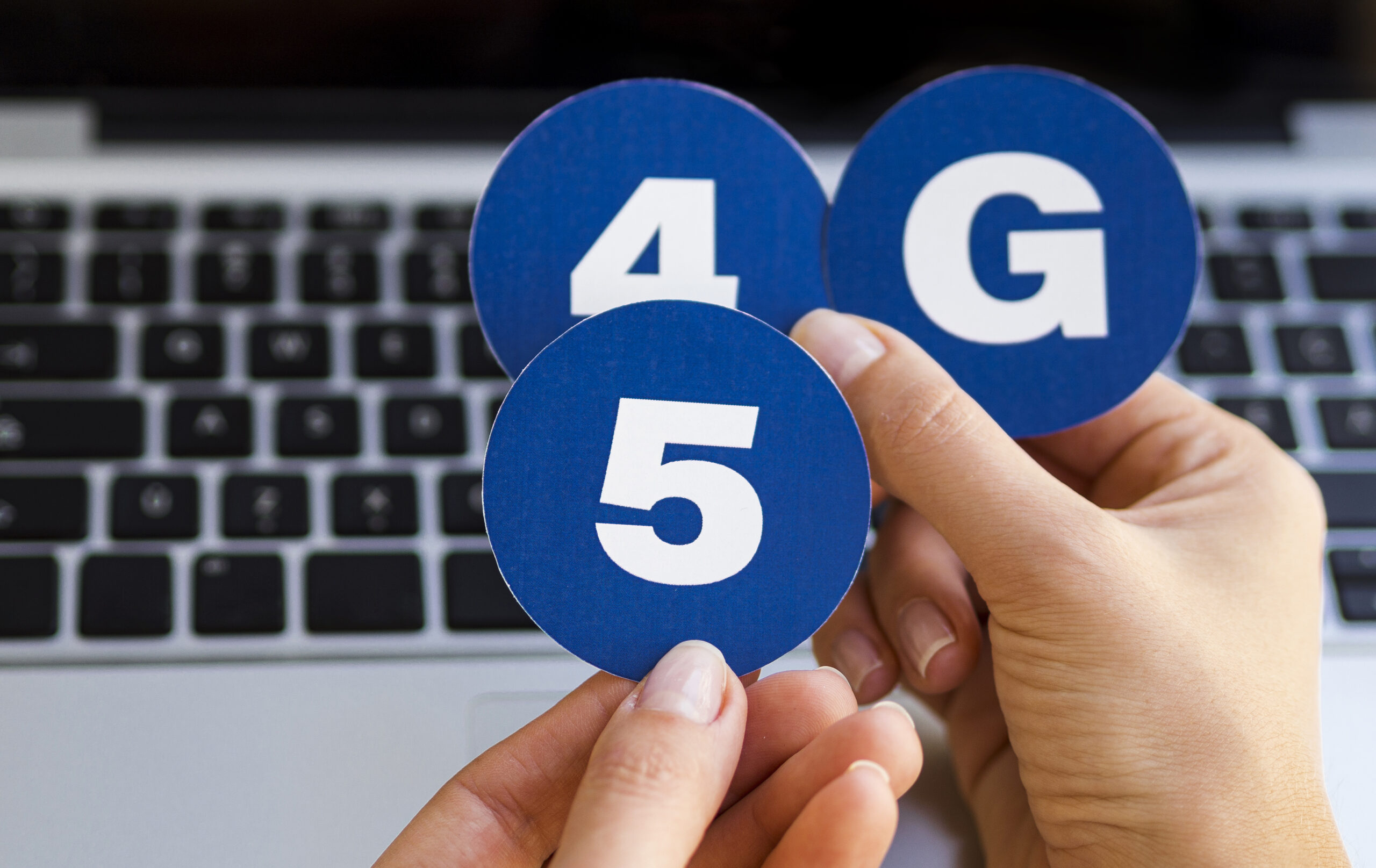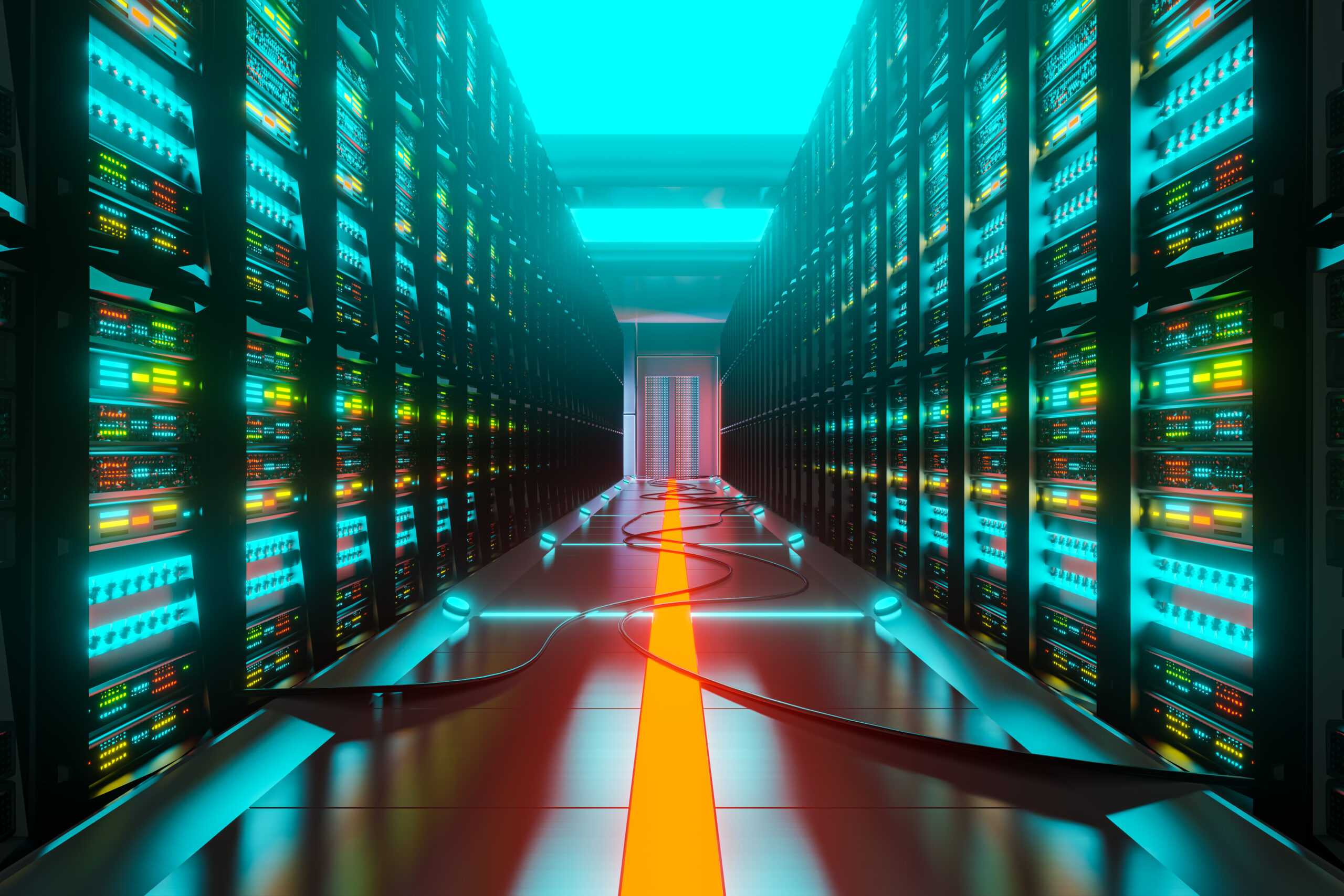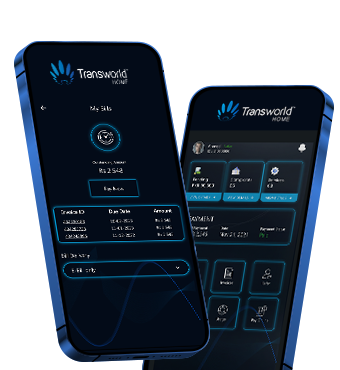Fiber Optic Internet vs Cable Internet: A Detailed Comparison

Are you struggling to choose between fiber optic internet and cable internet for your internet needs? Understanding the key disparities between the two options can help you make an informed decision that aligns with your priorities. From speed and reliability to availability and cost, each type of internet connection offers unique advantages and considerations to consider. Let’s delve deeper into the differences between fiber optic internet and cable internet to help you select the best option for your online activities.
Speed and Bandwidth
Fiber optic internet stands out for its unmatched speed and bandwidth capabilities, setting it apart from cable internet. By harnessing the power of light signals to transmit data, fiber optic internet delivers lightning-fast data transfer rates that enable seamless streaming, gaming, and downloading experiences without any annoying lag or buffering delays.
In contrast, cable internet, while still providing respectable speeds, can sometimes fall short in comparison to fiber optic. Utilizing copper cables for data transmission, cable internet may struggle to maintain optimal speeds during peak usage periods when numerous users are online simultaneously, leading to potential slowdowns and performance issues.
Reliability and Performance
Fiber optic internet is known for its reliability and consistent performance. Since fiber optic cables are resistant to interference and inclement weather, you are less likely to experience outages or slowdowns with this type of internet connection. Additionally, fiber optic internet offers symmetrical upload and download speeds, providing a more stable connection for activities like video conferencing and cloud computing.
Cable internet, while generally reliable, may be more susceptible to service interruptions due to its reliance on copper cables. Factors like distance from the provider’s network and network congestion can impact the performance of cable internet, leading to potential slowdowns or latency issues.
Availability and Coverage
While fiber optic internet may still be expanding its reach, it is important to note that many urban and suburban areas already have access to this cutting-edge technology. As the demand for faster and more reliable internet continues to grow, the coverage of fiber optic internet is steadily increasing, making it more accessible to a larger population.
On the other hand, cable internet has long been a reliable option for those in areas where fiber optic infrastructure has not yet been established. With its widespread availability, cable internet remains a popular choice for users looking for a dependable internet connection without the need for advanced technology.
In essence, the choice between fiber optic and cable internet ultimately depends on your specific needs and priorities. Whether you prioritize speed and reliability or cost-effectiveness and convenience, both options offer unique benefits that cater to different preferences. As technology continues to evolve, the availability and accessibility of fiber optic internet may continue to expand, providing even more options for users seeking the best internet connection for their needs.
Installation and Setup
When it comes to installation and setup, fiber optic internet may require professional installation due to the delicate nature of fiber optic cables. This specialized installation process can lead to higher upfront costs and longer setup times compared to cable internet. However, the investment in professional installation pays off in the long run, as fiber optic internet offers a low-maintenance and high-performance internet connection that consistently delivers fast and reliable connectivity.
On the other hand, cable internet installation is typically more straightforward and user-friendly, making it a convenient option for those looking for a quick and easy setup process. Users can often install cable internet themselves without the need for professional assistance, saving time and money in the process. This user-friendly setup process makes cable internet a popular choice for those who value simplicity and ease of installation without compromising on quality and reliability.
Cost and Value
When considering the cost aspect of internet options, it is essential to weigh the benefits and drawbacks of fiber optic and cable internet. While fiber optic internet may come with a higher price tag initially due to the advanced technology and infrastructure required for its implementation, many users find that the superior speed, reliability, and performance it offers justify the investment. With lightning-fast data transfer rates and symmetrical upload and download speeds, fiber optic internet ensures a seamless online experience for tasks like streaming, gaming, and video conferencing.
On the other hand, cable internet is known for being more affordable and cost-effective, making it a popular choice for users seeking a reliable internet connection without breaking the bank. Despite its lower cost, cable internet still provides a good balance of speed and reliability, making it a practical option for those looking for a dependable online experience without the added expense. Ultimately, the decision between fiber optic and cable internet comes down to individual preferences and priorities, whether it be prioritizing top-notch performance or seeking a budget-friendly option without compromising on quality.








